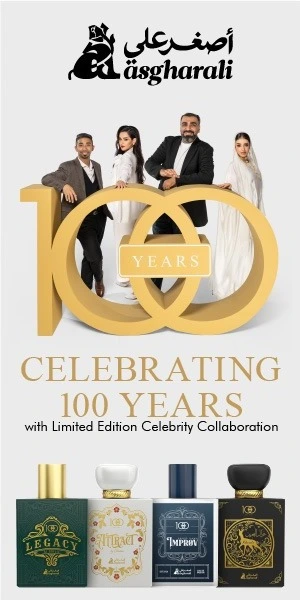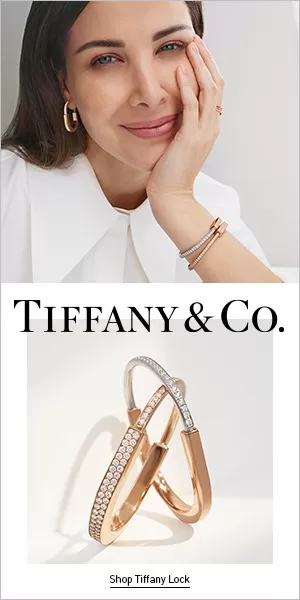How do you incorporate Arabic calligraphy into your work while maintaining a balance between traditional and modern elements?
The books I purchased at the beginning of my artistic journey, especially in the 1970s, were incredibly beneficial. I was influenced by the styles of great calligraphers, which combine the traditional with the modern. In my pieces, I aim to strike a balance between authenticity and innovation, drawing inspiration from classic works and reinterpreting them in a contemporary style that fits my artistic vision.
Can you explain how you use geometric shapes to convey deeper meanings in your art?
I consider the dot to be a central geometric shape and integrate it into my calligraphic pieces repeatedly. Calligraphic compositions give me ample space for creativity, where I use the dot along with other geometric shapes, like squares, tilts, and circles, to convey deeper meanings and add layers of symbolic significance to the work.
How do you select the cultural or religious elements that you highlight in your pieces?
I often choose cultural and religious elements based on personal experiences or events that have impacted my life. For instance, I was moved by the verse, “Our Lord, I have settled some of my descendants in an uncultivated valley near Your sacred House,” and it inspired a piece that reflects that feeling. These experiences add unique character to the artwork, making it an expression of deep emotions within me.
How do you modernize Arabic calligraphy while preserving its historical essence, and what challenges do you face in doing so?
Arabic calligraphy is a vast art form, and I am particularly drawn to Diwani script, especially the ornate Jali Diwani style, for its flexibility and intricate designs. One challenge I face is maintaining the historical essence of calligraphy while introducing new elements. For example, I once took inspiration from an “Old Thuluth” style and began using it in a contemporary way that suits my pieces, helping to revitalize this art form with modern techniques.
How do you select and combine colors in your work, especially with calligraphic shapes?
In traditional pieces, I use classic colors like brown and purple. However, in my calligraphic compositions, I often start with black and white and then add contrasting colors to reflect the renewal of the letters. By blending colors, I create what I call the “wonder of color,” where colors harmonize with the calligraphic shapes to enhance the strength and expression of the design.
What techniques and materials do you prefer, and how do these tools enhance the themes you choose?
For classical calligraphy, I use high-quality inks, which enhance the beauty of the script. For my calligraphic compositions, I prefer acrylic on canvas, which allows me to mix colors and add diverse effects that suit the contemporary style of the piece and add depth to the themes presented.
How has your artistic approach changed over time, particularly in using calligraphy and modern design?
With time, my style evolved significantly. I started with simple writing, and as my ideas matured, so did my technique, until I reached a level where I now consider myself a lifelong learner, always pursuing new techniques. I have developed a more modern approach, combining Arabic calligraphy with contemporary elements.
How can contemporary art contribute to reviving Arabic calligraphy, and what role does your work play in this regard?
Contemporary art can help revive Arabic calligraphy by making it more accessible to the public. In my recent exhibitions, I’ve integrated Arabic calligraphy into artistic compositions to attract attention and encourage people to appreciate this authentic art. Additionally, initiatives like those in Sharjah, which support calligraphy and artists, greatly enhance the reach of Arabic calligraphy, helping it thrive as a global art form.
































































